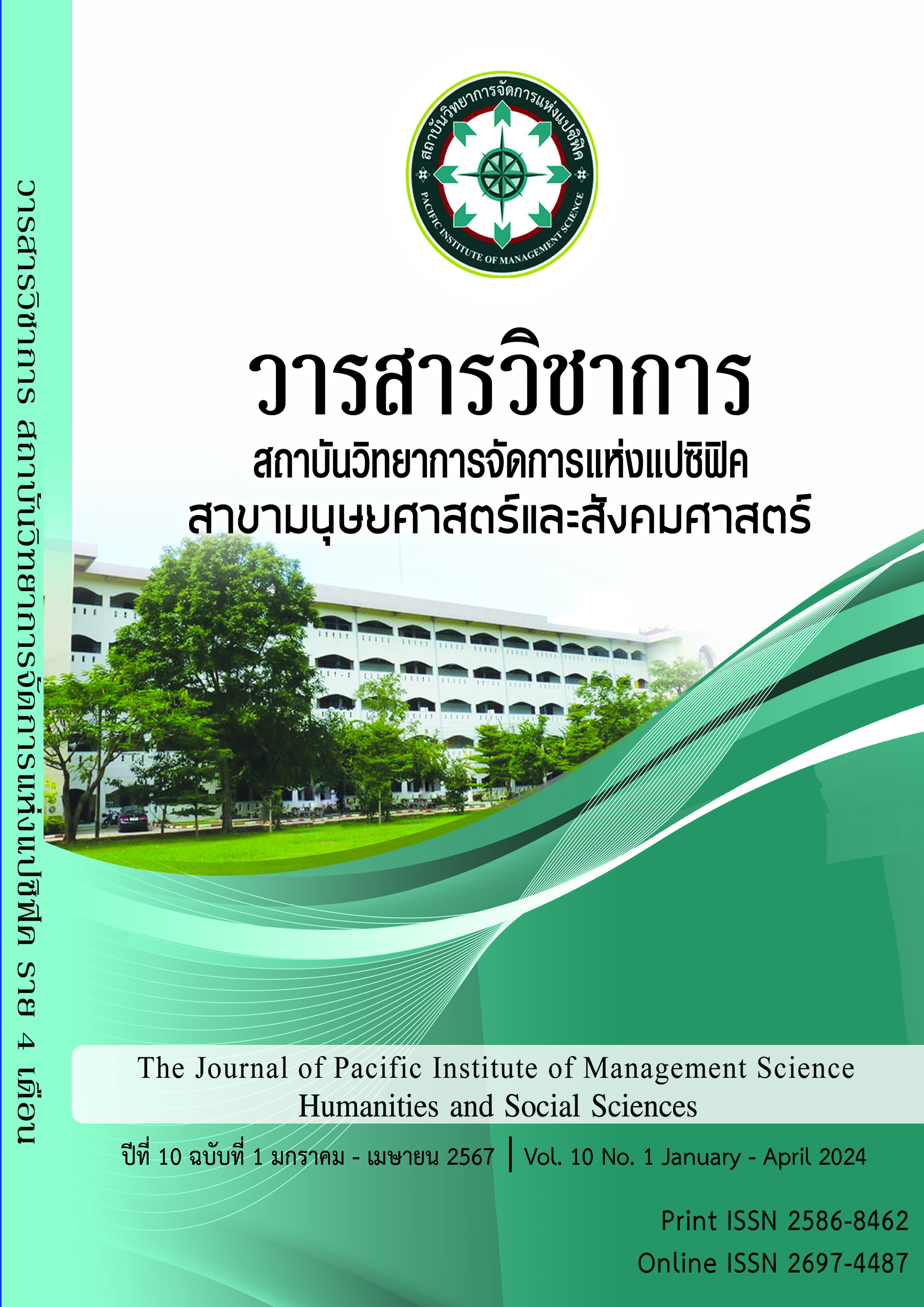Research on Consumer Behavior Intention of Shanxi folk Hanxi Folk Art
Keywords:
Consumer behavior intention, Folk art and cultural products, Product awareness, Emotional response, Folk artAbstract
With the increasing proportion of art consumption in people's daily lives, new demands and concepts for art consumption are constantly emerging. This article takes the consumption behavior intention of Shanxi folk art and cultural products as the research object. Based on the theories of art, psychology, marketing, management, economics and other disciplines, this paper uses statistics, Synergistics and other analytical methods to define the connotation of art consumption behavior intention and its formation mechanism, and establishes the theoretical hypothesis of the formation mechanism model of art consumption behavior, which is verified through empirical research. This article constructs a conceptual model for the formation mechanism of consumer behavior intention in folk art and cultural products; Extracting the main influencing factors of consumer behavior intention in folk art and cultural products, including marketing activities, past behavior, aesthetic perception, aesthetic needs, aesthetic expectations, aesthetic context, aesthetic understanding, aesthetic evaluation, aesthetic creation, emotional experience, subjective norms, perceived risks, and attitudes. Substitute these factors into the conceptual model to obtain a theoretical model for the formation mechanism of consumer behavior intention in folk art and cultural products. Collect survey data and verify the impact relationship between influencing factors using SPSS software and Mplus software. The biggest difference between Shanxi's artistic and cultural products lies in their creative design. Most of its designs come from collections and have unique cultural connotations. But for consumers, the first impression of artistic and cultural products lies in the visual sense rather than the design background. Strong visual sense is beneficial to enhance consumers' emotional value perception, and thus improve their purchase intention. Consumers choose Shanxi art and cultural products among the products with the same functions and are willing to pay higher prices for them, mainly because of the design sense of the products, rather than their own use value.
References
Ali A. et al.(2023). Tabash, Abdulmalek M.M. Saeed. COVID-19 pandemic roles on consumer behaviour towards sustainable transitions: a retail industry survey. International Journal of Innovation and Sustainable Development, 17(1-2).
Anghel, M. A. (2022). Modeling consumer behavior – Psychological paradigm. Journal of Education, Society & Multiculturalism, 3(1), 203-210.
Beck L, Ajzen I. (1991). Predicting dishonest actions using the theory of planned behavior. Journal of Research in Personality..3:285-301.
Kang, D.S. (2010) Understanding of consumption Journal of Targeting, Measurement and Analysis for Marketing behaviors in art and cultural sectors for developing successful communication plans., 18,263–279,
Gan, P. (2012). On the influence of cultural values on consumer behavior. Business Times, 11, 17-18.
Guo, S. J., & Zhai, R. B. (2022). E-commerce precision marketing and consumer behavior models based on the clustering algorithm. Journal of Cases on Information Technology (JCIT), 24(5), 1-21. https://doi.org/10.4018/JCIT.302244
Gkikas, D. C., Theodoridis, P. K., & Beligiannis, G. N. (2022). Enhanced marketing decision making for consumer behaviour classification using binary decision trees and a genetic algorithm wrapper. Informatics, 9(2), 45.
Hsu, M. H., Yen, C. H., & Chiu, C. M. (2006). A longitudinal investigation of continued online shopping behavior: An extension of the theory of planned behavior. International Journal of Human-Computer Studies, 64(9), 889-904. https://doi.org/10.1016/j.ijhcs.2006.04.004
Hoffmann, S., & Mai, R. (2022). Consumer behavior in augmented shopping reality: A review, synthesis, and research agenda. Frontiers in Virtual Reality, 3, 1-24. https://doi.org/10.3389/frvir.2022.961236
Hennequin, T., Huijbregts, M. A. J., & van Zelm, R. (2023). The influence of consumer behavior on the environmental footprint of passenger car tires. Journal of Industrial Ecology, 27(1), 96-109. DOI: 10.1111/jiec.13334
Huang, J., Wang, C., Xiong, X. M., & Lin, Q. L. (2014). The influence of cultural beliefs on
Yi, L. H. (2021). Research on night food culture experience model and consumer behavior. Journal of Food Safety, 35, 162-164.
Yang Ting. (2009).The impact of Perceived Behavioral Control on Sustainable Consumption Behavior. Changsha: Hunan University.
Zhu, L. J. (2011). Research on Influencing factors of mobile phone consumers' purchase decision-making process based on cognition. Jinan: Shandong University
Downloads
Published
Issue
Section
License
Copyright (c) 2024 Pacific Institute of Management Science

This work is licensed under a Creative Commons Attribution-NonCommercial-NoDerivatives 4.0 International License.
บทความที่ได้รับการตีพิมพ์เป็นลิขสิทธิ์ของ สถาบันวิทยาการจัดการแห่งแปซิฟิค
ข้อความที่ปรากฏในบทความแต่ละเรื่องในวารสารวิชาการเล่มนี้เป็นความคิดเห็นส่วนตัวของผู้เขียนแต่ละท่านไม่เกี่ยวข้องกับสถาบันวิทยาการจัดการแห่งแปซิฟิค และคณาจารย์ท่านอื่นๆในสถาบันฯ แต่อย่างใด ความรับผิดชอบองค์ประกอบทั้งหมดของบทความแต่ละเรื่องเป็นของผู้เขียนแต่ละท่าน หากมีความผิดพลาดใดๆ ผู้เขียนแต่ละท่านจะรับผิดชอบบทความของตนเองแต่ผู้เดียว







